
Late in the day, but early on author Fred Frailey’s trip, Pan Am train AYMO passes Otter Creek, Mass., on Aug. 6, 2009. Ryan Parent In our January 2010 issue, Fred W. Frailey explores Pan Am Railways’ history and its history-making partnership with Norfolk Southern Railway: Pan Am Southern, which provides Pan Am a lot […]
Read More…
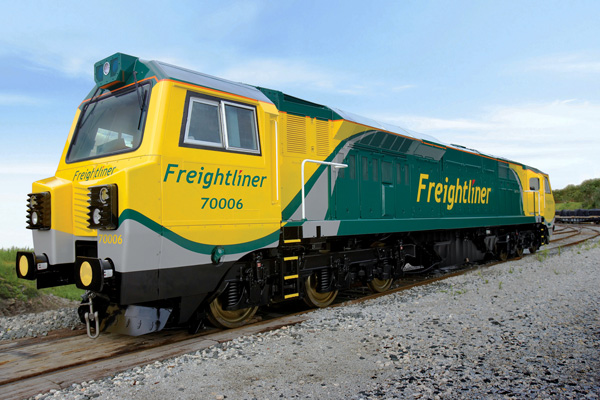
Freightliner No. 70006 represents GE’s new PowerHaul series, a potential competitor to the venerable EMD Class 66 diesels that currently rule in Britain. GE Twenty-four years ago, a British aggregate company, Foster Yeoman, took the unusual step of ordering American motive power for its movement of stone trains on the British rail network. Electro-Motive built […]
Read More…

Eichholz Rail V170 No. 1125, a Swedish-built diesel, shows off its “Warbonnet” markings on an excursion train at Traiskirchen, Austria. Raimund Wyhnal BNSF may have given up the famous “Warbonnet” scheme it inherited from predecessor Atchison, Topeka & Santa Fe, but a German company is keeping the classic scheme alive. Eichholz Rail, a German railroad […]
Read More…

Arkansas & Missouri Railroad roster Legendary among Alco operators, the Arkansas & Missouri Railroad is an independent Class III railroad operating 139-miles of onetime Frisco trackage between Monett, Mo., and Fort Smith, Ark. In addition to freight service, the road also operates passenger excursions. The road’s all-Alco fleet is dominated by 16 C420s of various […]
Read More…
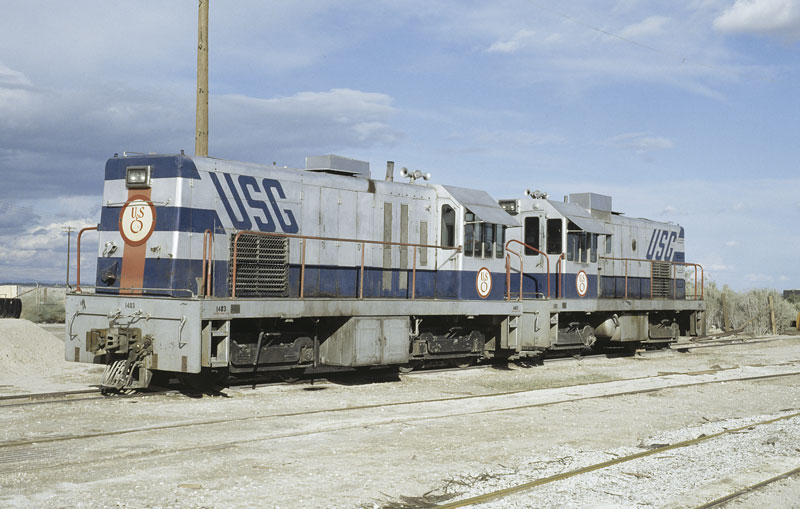
For 35 years, these two GE 54-ton switchers were the workhorses for USG Corp.’s gypsum-hauling 3-foot-gauge railroad in Southern California’s Imperial Valley. Built in 1956, the two GE rest on April 27, 1991, at Plaster City, Calif. The following year, the units were donated to Colorado’s Georgetown Loop, displaced by USG’s Bombardier-built DL535Es. David Lustig […]
Read More…
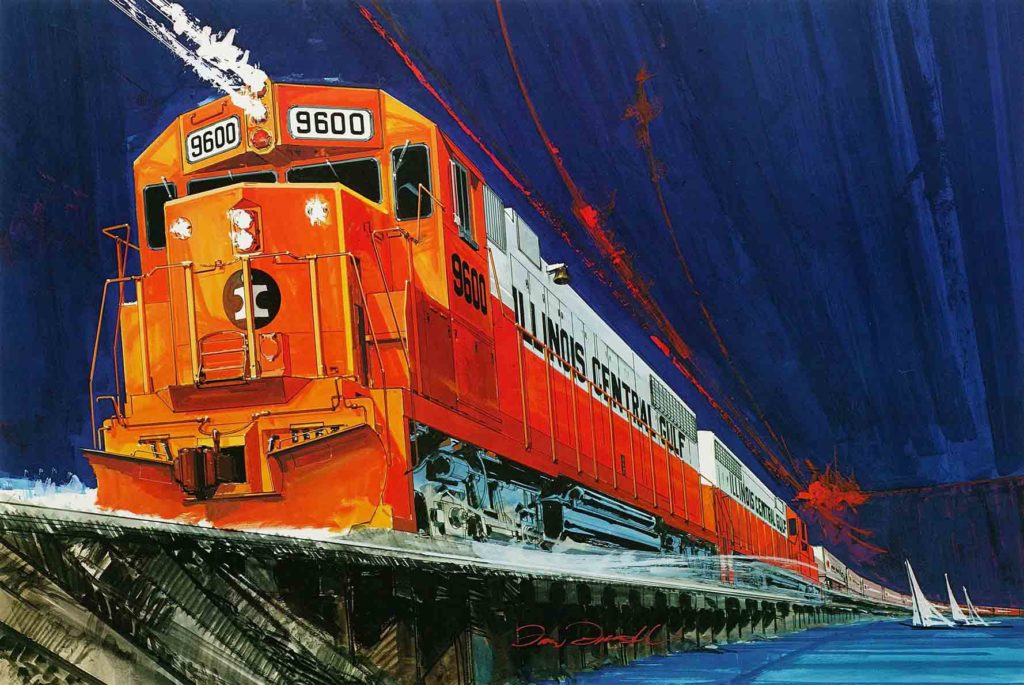
Tom Fawell’s painting depicts Illinois Cental Gulf GP38-2 No. 9600 on a low timber trestle. Artist Tom Fawell painted more than 100 promotional drawings for Electro-Motive Division. An article on his work, “The Bold Style of Tom Fawell,” appeared in Spring 2008 Classic Trains. Download it now in its entirety! See the June 2009 issue […]
Read More…
The Wheeling & Lake Erie, an Ohio-based regional railroad, has quite a fleet. See the pdf below for its current locomotive roster. To read more about the Wheeling & Lake Erie, see our special issue, “24 hours inside a railroad,” July 2008 Trains, which hit newsstands on June 10, 2008! […]
Read More…
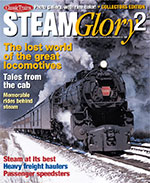
1 2 3 4 5 6 7 8 9 10 11 12 13 14 15 16 17 18 19 20 21 22 23 24 25 26 27 28 29 30 […]
Read More…
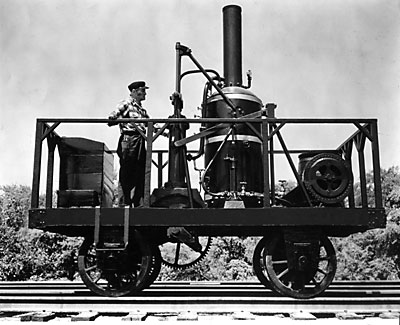
Baltimore & Ohio constructed this replica of the 0-4-0 Tom Thumb, its first steam locomotive. The original Tom Thumb was built in New York by inventor Peter Cooper, and made a successful first trip on August 25, 1830, when it pushed an open car hauling 18 passengers from Baltimore to Ellicott’s Mills. Early four-coupled locomotives […]
Read More…
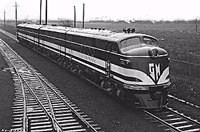
Four-unit locomotive No. 103 of GM’s Electro-Motive Corporation. Electro-Motive FT Tagged “the diesel that did it” by David P. Morgan, longtime editor of Trains Magazine, in a 1960 feature story, four-unit locomotive No. 103 of General Motors’ Electro-Motive Corporation was outshopped at a Grange, IL, plant in November 1939 (the firm later became GM’s Electro-Motive […]
Read More…
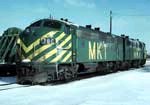
“COVERED WAGONS.” “CARBODY UNITS.” “STREAMLINERS.” “F UNITS.” Call ’em what you will, when you’re talking the F-for-freight series from General Motors’ Electro-Motive Division, you’re talking the most famous diesel in railroading. Maybe “F” should stand for Face. It’s the famous “bulldog nose” that did it. It hit the road with FT demonstrator quartet 103, “the […]
Read More…

Texas & Pacific 600 was from the first group of 2-10-4’s. In 1919 Santa Fe purchased a group of 2-10-2’s. One of them, No. 3829, was built with an experimental four-wheel trailing truck, but was otherwise identical to the rest of the group. The experiment was inconclusive: No. 3829 was not converted to a 2-10-2, […]
Read More…










